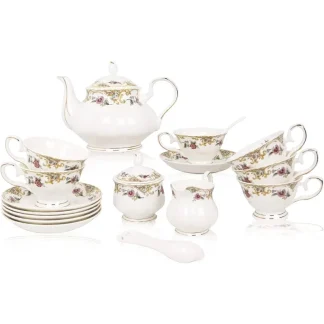Porcelain Teapots: Elegance and Tradition in Tea Brewing
Teapots have been synonymous with elegance, tradition, and refined tea culture for centuries. Known for their delicate yet durable nature, these pieces hold a special place in the hearts of tea enthusiasts. Whether it’s for brewing a perfect cup of green tea or hosting an afternoon tea party, these items blend aesthetic appeal with functional benefits. With their fine, smooth surfaces and intricate designs, these products bring a sense of grace to any tea table. From traditional to modern styles, these pieces are timeless pieces that serve as both practical vessels and decorative centerpieces.
The Art of Porcelain Craftsmanship
Porcelain, also known as "fine china," is a material that has been prized for its strength and translucency since its development in China during the Tang dynasty (618–907 AD). The process of crafting involves firing fine kaolin clay at very high temperatures, resulting in a smooth, non-porous, and glass-like finish. This method gives its characteristic delicacy and strength, making it the ideal material for these pieces. Throughout history, artisans have used this versatile material to create intricate designs, patterns, and shapes, making each product a unique work of art.
The appeal of teapots extends beyond their appearance. The material’s heat retention properties and smooth surface make it ideal for brewing and serving tea. Unlike other materials, it does not absorb flavors, ensuring that each brew remains pure and true to the tea leaves’ natural taste. These options are also known for their versatility, as they can be used to brew a wide variety of teas, from delicate white and green teas to robust black teas and herbal blends.
Why Choose a Porcelain Teapot?
These products offer a number of advantages that make them a favorite among tea lovers:
- Elegant Aesthetics: Porcelain teapots are often adorned with beautiful designs, such as hand-painted floral motifs, gold accents, or minimalist modern patterns. Their fine, smooth surfaces exude sophistication and can complement any table setting, whether traditional or contemporary.
- Durability: Despite their delicate appearance, these options are remarkably durable. When handled with care, they can last for generations, making them excellent heirloom pieces.
- Heat Retention: Porcelain is excellent at retaining heat, ensuring that your tea stays warm for longer. This feature makes it ideal for hosting tea parties or enjoying multiple cups of tea without constant reheating.
- Flavor Preservation: It is non-porous surface means it doesn’t absorb the flavors or aromas of previous brews. This ensures that each cup of tea tastes fresh and unaltered by previous use.
- Versatility: A porcelain teapot can be used for various types of tea, making it a versatile choice for tea enthusiasts who enjoy experimenting with different flavors and blends.
Traditional and Contemporary Designs
These items come in a wide range of styles, from classic designs that evoke the charm of Victorian-era tea sets to sleek, minimalist pieces that suit modern aesthetics. These products often feature ornate detailing, such as hand-painted floral patterns or gilded edges, reflecting the rich history of tea culture. These pieces are perfect for formal gatherings or as decorative centerpieces in your kitchen or dining room.
For those who prefer a more contemporary look, there are plenty of modern porcelain teapot designs that prioritize simplicity and functionality. Clean lines, subtle textures, and monochromatic color schemes characterize these items, making them ideal for modern homes and minimalist tea rituals. Whether you’re drawn to the charm of vintage designs or the elegance of contemporary styles, there is a product to suit your personal taste and lifestyle.
How to Care for a Porcelain Teapot
To keep these products looking beautiful and functioning well for years to come, it’s important to care for it properly. Here are a few tips for maintaining these products:
- Gentle Cleaning: Always wash your porcelain teapot by hand using warm water and mild detergent. Avoid using harsh chemicals or abrasive scrubbers, as these can damage the delicate glaze. Rinse these items thoroughly and allow it to air dry or use a soft cloth to gently pat it dry.
- Handle with Care: These products are durable, but they can chip or crack if dropped or mishandled. Be sure to place these items on soft surfaces and avoid stacking it with other dishes.
- Temperature Awareness: Porcelain can crack if exposed to sudden temperature changes. Always warm the teapot before pouring in boiling water to avoid thermal shock. This can be done by rinsing these pieces with hot water just before brewing your tea.
- Stain Prevention: Over time, tea stains may develop on the interior of these options. To remove stains, create a paste using baking soda and water and gently scrub the affected areas with a soft cloth. Alternatively, you can soak these items in a mixture of white vinegar and warm water to break down stubborn stains.
Brewing Tea in a Porcelain Teapot
Brewing tea in a porcelain teapot is a delicate and enjoyable process. Here’s how to brew the perfect cup of tea using these products:
- Preheat the Teapot: Before brewing, preheat these items by rinsing it with hot water. This helps maintain the water temperature when you add the tea leaves.
- Measure the Tea: Use high-quality loose leaf tea for the best flavor. Depending on the type of tea, you’ll need different amounts of leaves. For example, black teas often require more leaves than delicate green teas. Follow the recommended measurements for each tea type.
- Water Temperature: Pour freshly boiled water into the teapot. For most teas, the water should be just below boiling (around 85-90°C or 185-194°F). Some delicate teas, such as white or green teas, require cooler water to avoid bitterness.
- Steep Time: Allow the tea to steep for the recommended time. Black teas usually steep for 3-5 minutes, while green and white teas may require shorter steeping times to avoid over-extraction.
- Serve and Enjoy: Once the tea has steeped to perfection, pour it into your favorite teacup and savor the rich flavors and aromas. You can enjoy your tea with or without milk, depending on your preference.
Porcelain Teapots as Collectibles
For many tea enthusiasts, porcelain teapots are more than just functional items—they are collectible treasures. These items, especially those from renowned manufacturers such as Meissen, Wedgwood, or Royal Worcester, can fetch high prices at auctions and are sought after by collectors around the world. These items often feature intricate designs, hand-painted details, and gilded edges, making them highly prized for their beauty and craftsmanship.
Even modern products can hold significant sentimental or monetary value. Limited edition pieces, artist collaborations, or unique designs can become prized possessions for collectors who appreciate the artistry behind each piece. Whether you’re a seasoned collector or a casual tea lover, investing in a quality product can bring a sense of history, elegance, and refinement to your tea-drinking experience.
Conclusion
Porcelain teapots are timeless pieces that embody the elegance and tradition of tea culture. With their beautiful designs, heat retention properties, and ability to preserve the pure flavors of tea, these items offer both aesthetic and functional benefits. Whether you’re looking for a classic, vintage-style pieces or a modern, minimalist design, these products are versatile and enduring pieces that can enhance any tea-drinking experience. By choosing these items that suit your style and needs, you can enjoy the art of tea brewing and bring a touch of sophistication to your daily rituals.
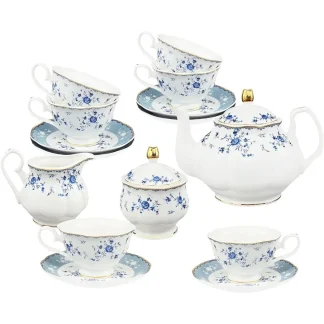
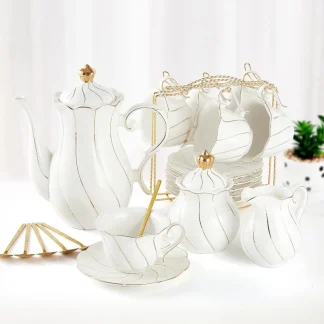
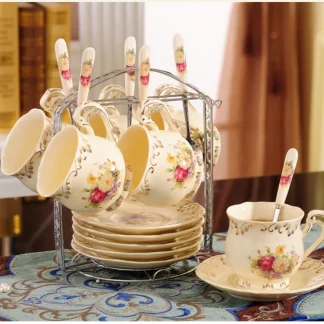 + 5
+ 5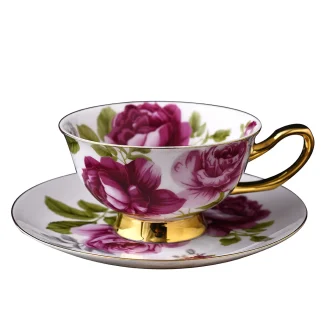 + 4
+ 4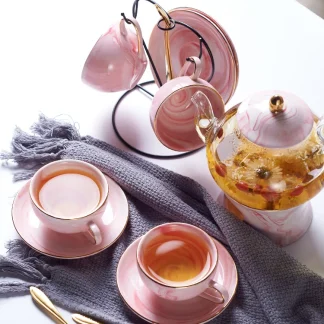 + 9
+ 9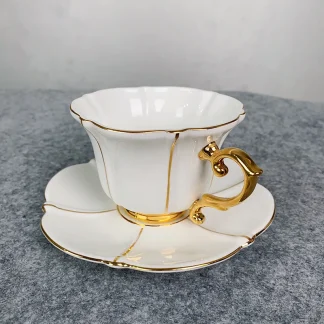 + 16
+ 16